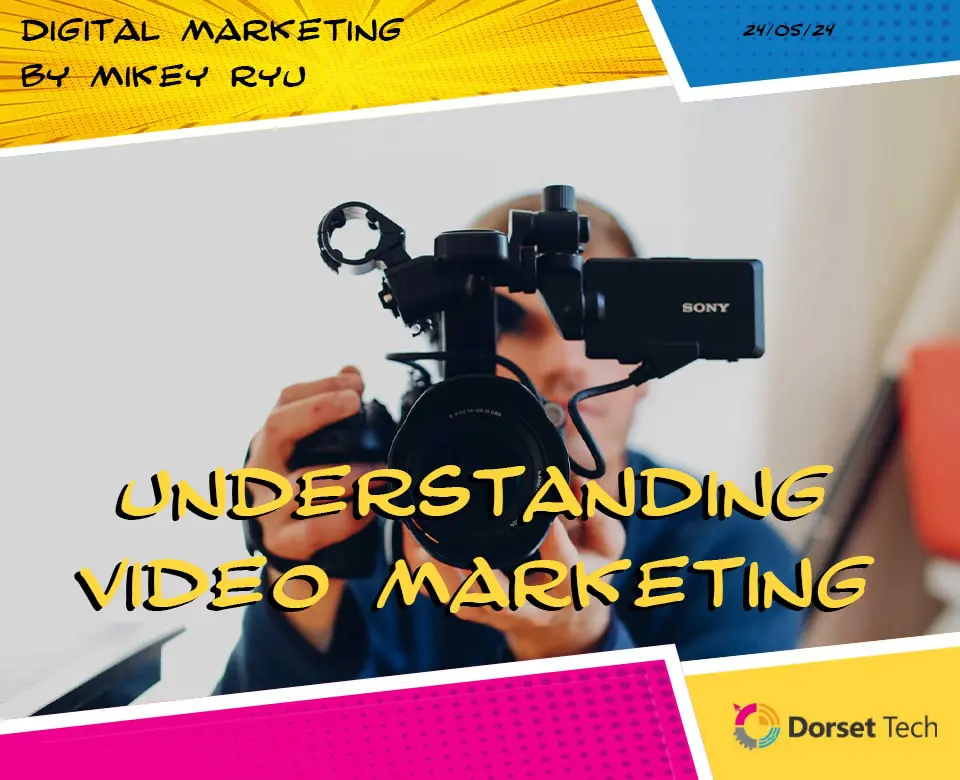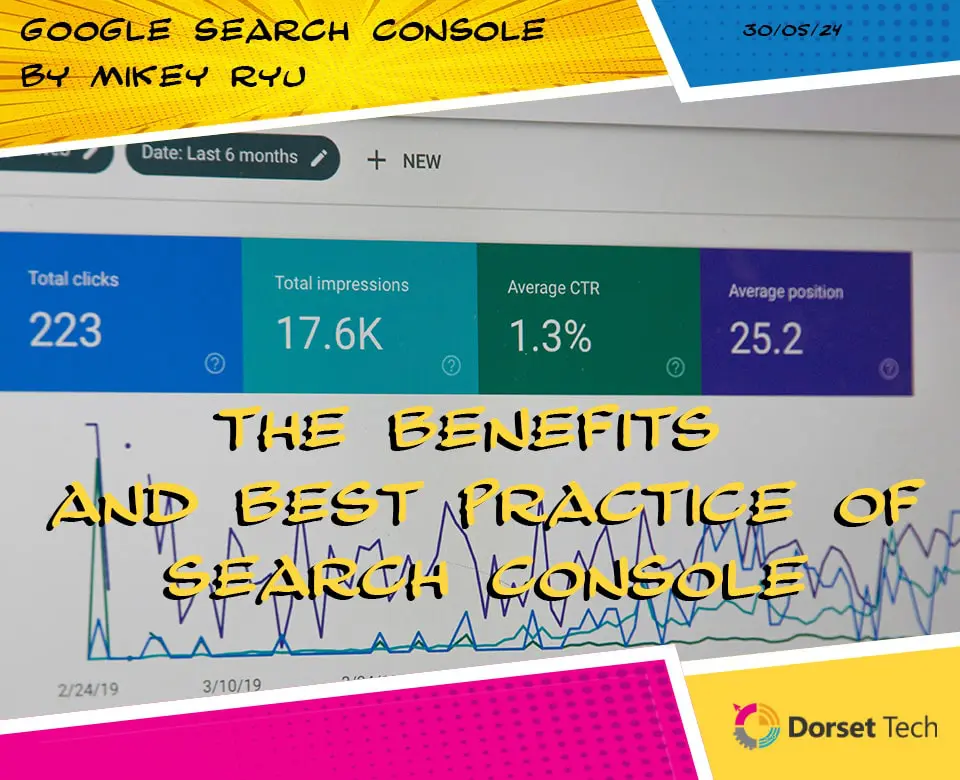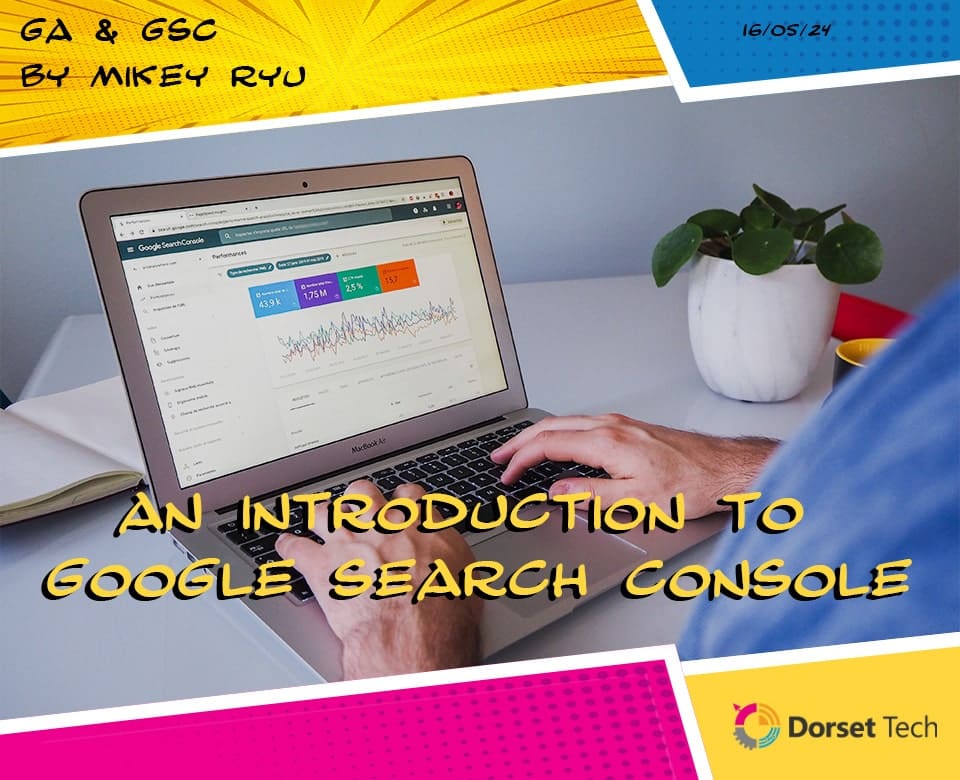
Understanding Video Marketing
In the digital age, video marketing has emerged as one of the most powerful tools for engaging audiences, building brand awareness, and driving sales. As internet speeds have increased and platforms like YouTube, TikTok, and Instagram have risen to prominence, video content has become more accessible and more popular than ever. This blog explores the fundamentals of video marketing, its benefits, best practices, and how to create successful video marketing campaigns that captivate your audience and achieve your marketing goals.
What is Video Marketing?
Video marketing involves using video content to promote or market your brand, products, or services. It encompasses a wide range of video types, including explainer videos, product demonstrations, testimonials, tutorials, live streams, and social media clips. Video marketing leverages the visual and auditory power of videos to convey messages more effectively than text alone.
The Benefits of Video Marketing
High Engagement:
Videos are highly engaging and can capture the audience’s attention more effectively than other forms of content. They combine visuals, sound, and storytelling to create a more immersive experience.
Increased Conversions:
Videos can significantly boost conversion rates. A well-crafted product video can persuade potential customers to make a purchase, while testimonial videos can build trust and credibility.
Improved SEO:
Video content can improve your website’s search engine rankings. Search engines like Google prioritise websites with diverse content, and videos can help reduce bounce rates and increase the time visitors spend on your site.
Better Information Retention:
Viewers are more likely to retain information from a video than from text. This makes videos an effective medium for educational content, product demonstrations, and brand storytelling.
Enhanced Social Media Reach:
Social media platforms favour video content. Videos are more likely to be shared, liked, and commented on, increasing your brand’s reach and visibility.
Best Practices for Video Marketing
Know Your Audience:
Understanding your target audience is crucial for creating relevant and engaging video content. Research their preferences, pain points, and the platforms they use to consume video content.
Set Clear Goals:
Define what you want to achieve with your video marketing efforts. Common goals include increasing brand awareness, driving traffic, generating leads, or boosting sales. Clear goals will guide your content creation and measure success.
Plan Your Content:
Develop a content strategy that outlines the types of videos you will create, the key messages you want to convey, and the platforms where you will distribute your videos. Consistent and high-quality content is key to a successful video marketing strategy.
Focus on Quality:
High-quality videos are more likely to engage viewers and reflect positively on your brand. Invest in good equipment, and professional editing software, and, if necessary, hire experts to ensure your videos look and sound great.
Keep It Short and Sweet:
Attention spans are short, especially online. Aim to keep most videos under two minutes, focusing on delivering your message concisely and effectively. For longer content, consider breaking it into a series of shorter videos.
Optimise for SEO:
To improve the visibility of your videos, optimise them for search engines. Use relevant keywords in titles, descriptions, and tags, and include transcripts for better indexing. Hosting videos on your website can also drive traffic and improve SEO.
Include a Call to Action (CTA):
Every video should have a clear CTA, whether it’s visiting your website, signing up for a newsletter, or making a purchase. Guide viewers on what to do next after watching your video.
Analyse and Adapt:
Regularly review your video analytics to understand what’s working and what’s not. Metrics such as views, watch time, engagement rates, and conversions can provide valuable insights for refining your strategy.
Creating a Successful Video Marketing Campaign
Pre-Production Planning:
Start by defining your objectives, target audience, and key messages. Develop a storyboard and script to outline the visual and auditory elements of your video. Planning helps ensure a smooth production process and a cohesive final product.
Production:
During the production phase, focus on capturing high-quality footage. Pay attention to lighting, sound, and framing to create professional-looking videos. If you’re filming on a smartphone, consider using additional equipment like tripods and external microphones for better quality.
Post-Production:
Editing is where your raw footage comes to life. Use editing software to cut unnecessary scenes, add transitions, insert music, and include graphics or text overlays. Post-production is also the time to ensure your video aligns with your brand’s style and tone.
Distribution:
Choose the right platforms to share your videos based on where your audience is most active. YouTube, Facebook, Instagram, LinkedIn, and TikTok are popular platforms for video content. Tailor your videos to fit the format and audience of each platform.
Promotion:
Boost the visibility of your videos through paid promotions, social media marketing, and email campaigns. Collaborate with influencers or industry partners to reach a broader audience. Encourage your audience to share your videos to increase organic reach.
Types of Video Content
Explainer Videos:
These videos explain your product or service simply and engagingly. They are great for educating potential customers and demonstrating value.
Product Demonstrations:
Showcase the features and benefits of your product through detailed demonstrations. This helps potential customers understand how your product works and why they need it.
Customer Testimonials:
Testimonials from satisfied customers build trust and credibility. They provide social proof and can persuade potential customers to choose your brand.
Tutorials and How-Tos:
Educational content that teaches viewers how to use your product or provides valuable information related to your industry. These videos position your brand as an expert and provide real value to your audience.
Behind-the-Scenes:
Give viewers a glimpse behind the scenes of your business. This humanises your brand and can build a stronger connection with your audience.
Live Streams:
Live videos are great for real-time engagement with your audience. Use them for product launches, Q&A sessions, or special events to create a sense of urgency and exclusivity.
Conclusion
Video marketing is an essential component of modern digital marketing strategies. Its ability to engage, inform, and convert makes it a powerful tool for businesses of all sizes. By understanding your audience, setting clear goals, and following best practices, you can create compelling video content that drives results. Embrace the power of video marketing to enhance your brand’s visibility, connect with your audience on a deeper level, and achieve your business objectives. Whether you’re just starting or looking to refine your strategy, the insights and tips in this guide will help you harness the full potential of video marketing.





















